How Simple Visual Stories Convey Your Message Effectively
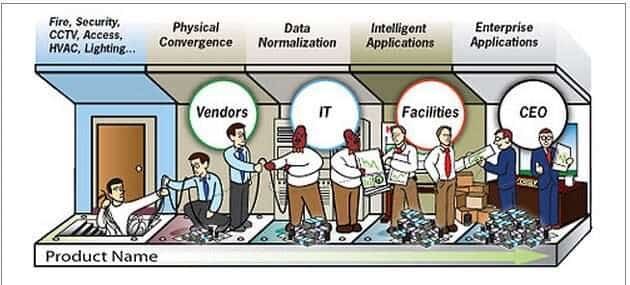
Visual stories can simplify a message complicated with symbols and shapes. The adage “a picture is worth a thousand words” is never more true than in the marketing. Visual stories are embedded in a company’s brand identity. It is a critical part of successfully building a visual brand. Learn more about how simple visual stories convey your message effectively.
How to Communicate with Visual Stories
What happens when an engineering approach is applied to business communications? An engineering approach might call for deconstructing complex ideas into symbols, then reassembling the elements. Incongruously, technologists often take the same approach when explaining what they do for customers.
Show People How You Can Help Them
Have you ever received a chart jammed with squares, circles, globes, arrows, all kinds of shapes connected by lines and arrows? If so, an engineer was attempting to reduce what he does to its essence in the hope that you — ostensibly the receiving engineer — would reconstitute the message from the symbols.
Here is a recent example of what we encountered and how we used a simple visual story instead.
Get Away From the Abstract
Getting across the flow of time in the relationships or relative importance between events assumes that your audience understands your symbolic language. If no, you may need translation services. Because symbols, like letters of some strange new alphabet, have no intrinsic meaning. It is important to remember to get away from the abstract symbols and ensure the story is getting told.
Listen to the Story
Before a technologist could construct the boxes, circles, arrows and lines, he had to assemble a narrative about how, when and why things happened. In short, he created a story first. So, listen for the story.
Everyone Speaks in Stories
Regardless of the technical training of the listener, we all understand and enjoy stories. Everyone speaks in stories or at least should because it makes it easier to remember the message. There is no need to jump into abstract symbols. Show interaction among characters. Include objects that have intrinsic meaning for your audience. Show benefits being delivered, albeit metaphorically. Organize your story in time or space, and you can show people what you do.
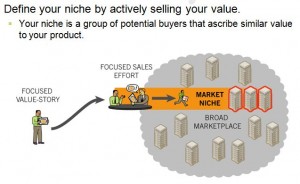
Finding Your Value Story Niche
Distinguishing value versus waste, strategic intent, and communicating process outcomes are all important elements of visual management. A visual workplace communicates loud and clear what is important and to whom.
Characteristics of a Visual Workplace
- Clearly communicates needed information
- Clearly reflects established standards
- Clearly identifies behavior or process targets
- Clearly is low cost and easy to use
Involving the actual users in the measurements is the first step to building a visual workplace. The idea is to provide results in an appropriate form for your audience. Data must be reported in a timely manner to the people who can act on them. Spreadsheets and dashboards are great electronic tools for visual management but you have to get the information out in the open to the users.
A visual workplace will sustain improvements made to your quality system. A constant visual reminder is a great help in preventing the backsliding that can occur in many improvement initiatives. Visual Workplace Safety is another area that is easily communicated using visual management.
A simple scoreboard provides the foundation for visual management. Process metrics, descriptions, historical data, all will translate your company vision into the daily execution of your strategy implementation. Isn’t that the value you want to communicate?
Communicate with Visual Stories
Communicating with visual stories or tales can simplify a message that may be complicated by symbols and shapes. Make your workplace visual. Remember “a picture is worth a thousand words.” Get away from the abstract and use visual-stories to communicate to show people how you can help them.

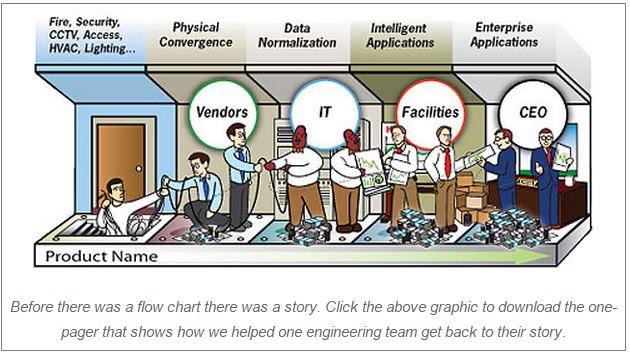
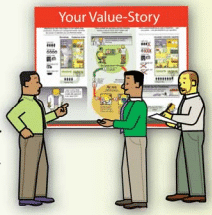
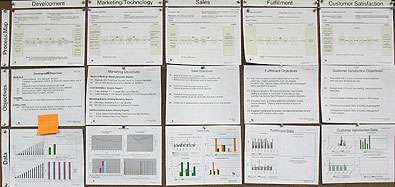














Leave a Reply